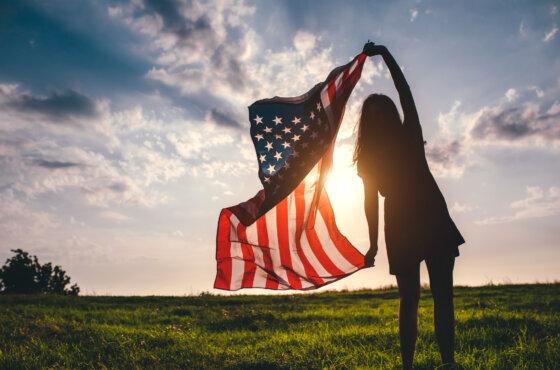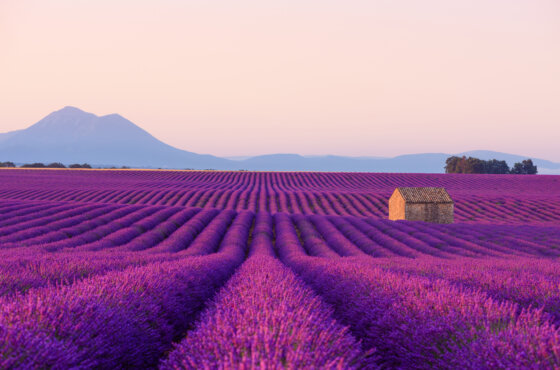Laws and customs of Lag B'Omer
Lag B'Omer is a very special day, sharply different from the other days of the Omer billing period. Lag - that is, the letters "lamed" and "gimel" - is the designation of the number "33". Lag B'Omer is the thirty third day of Omer, 18 Iyar. Tradition says that on this day the epidemic stopped, which took the lives of Rabbi Akiva’s disciples.
For this reason, Lag B'Omer bears a certain shade of festivity: on this day you can shave and shave, you can arrange weddings and have fun, in the prayers of this day do not say "Tahanun".
Sephardic Jews believe, however, that in Lag B'Omer that terrible epidemic did kill some more victims, and therefore didn’t cut their hair until the beginning of the next day, the 34 of Omer.
And Ashkenazi Jews assumed that Lag B'Omer was only a short respite given by that epidemic, after which it resumed with new force, continuing to take the lives of Rabbi Akiva’s disciples right up to the Rosh of the month Sivan. Therefore, the Ashkenazi Jews continue to observe mourning even after Lag B'Omer, until the first Sivan.
Lag B'Omer is also the anniversary of the death of one of the giants of the spirit of our people, Rabbi Shimon Bar-Yohai (Rashbi), who was a disciple of Rabbi Akiva. Death was the culmination of his whole life, the highest ascent, and therefore Lag B'Omer is also called “Gilula Drashbi” (“Rashbi Day”) and is celebrated with fun, songs and dances - and prayers addressed to God, prayers so that the merits of this righteous man help all the people of Israel.
The night that Lag B'Omer begins is a night of bonfires. The main fire is lit on the roof of a building built over the grave of Rabbi Shimon Bar-Yohai in the area of Meyron, in Upper Galilee. The main reason for the fact that the anniversary of the death of Rabbi Shimon Bar-Yohai is celebrated in this form is the tradition that ascribes to him the authorship of the book Zohar. Revealing the deepest content of the Torah, this book illuminates the wisdom of the Torah with a bright light, which, according to King Shlomo, is itself a source of light: "The mitzvah is the lamp, and the Torah is the light." And through the lips of the prophet Irmeyagu, the Most High Himself says: “After all, these are My words - they are like fire!”
It was adopted on this day to bring to Meiron children who were three years old - the age when children first cut their hair. And here, at the grave of Rabbi Shimon bar-Yohai, they perform the “Halakah” ceremony - they cut the child's hair, leaving strands of hair at the temples (“peot”).
Kabbalists explain why they are having so much fun on the very day of their death - after all, according to common sense, this day should be sad. No wonder there is a point of view that 7 Adar, the day of the death of Moshe Rabein, was a day of sorrow! But the fact is that Moshe Rabeinu wept on the day of his death, and Rabbi Shimon bar-Yohai had fun. According to the Zohar, on this day he gave his last lesson to the disciples and revealed to them such depths that he had not touched throughout his life. He explained: “I myself testify about myself that all the days of my life have longed to see this day!”
Another reason is that in general the day of death of a great man is celebrated not with grief, but with fun. In our sources there is information that the day of the death of Adam, the first person on earth, was celebrated as a holiday.
There is a custom according to which in Lag B'Omer children go out into the fields and forests armed with bows and arrows. This is not only a tribute to the soldiers of Bar Kochba. A deeper meaning is hidden in this custom: the rainbow (in Hebrew, keshet - the word that also means “bow”) is a sign of the testimony of the oath of the Most High, of His promise never to bring a flood to the earth.
Rabbi Israel-Meir Lau
Subscribe to ForumDaily on Google News










